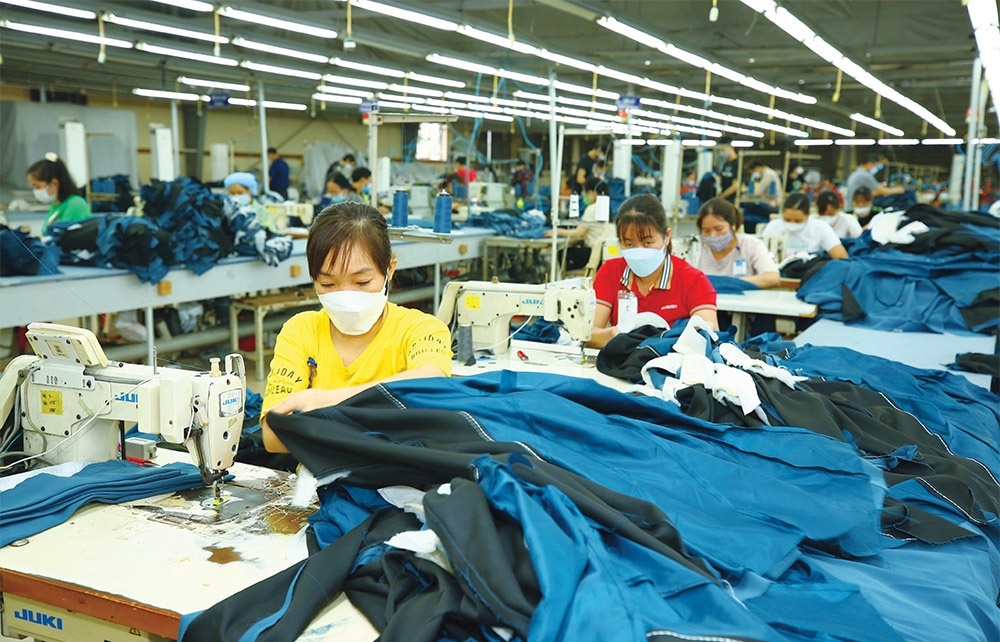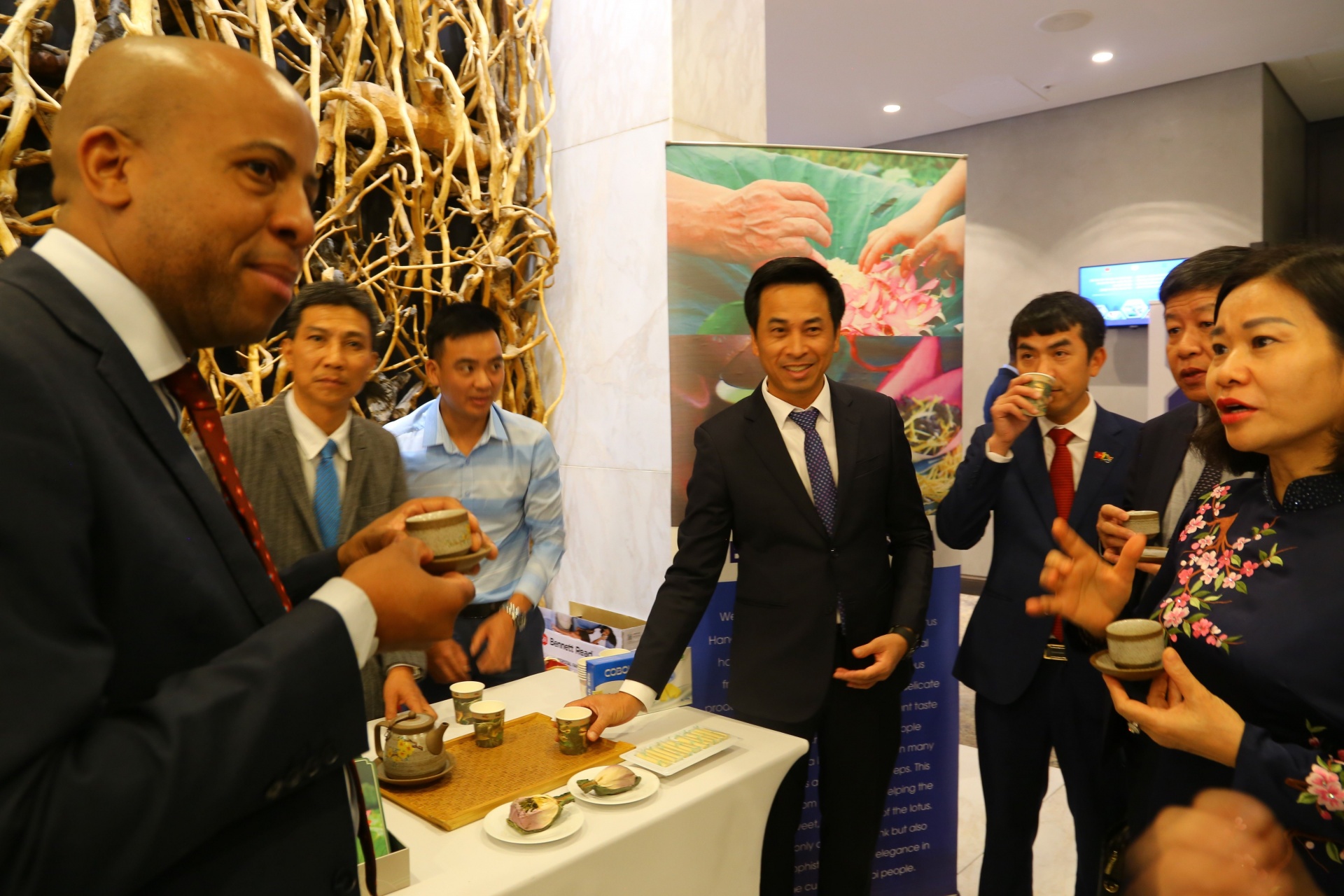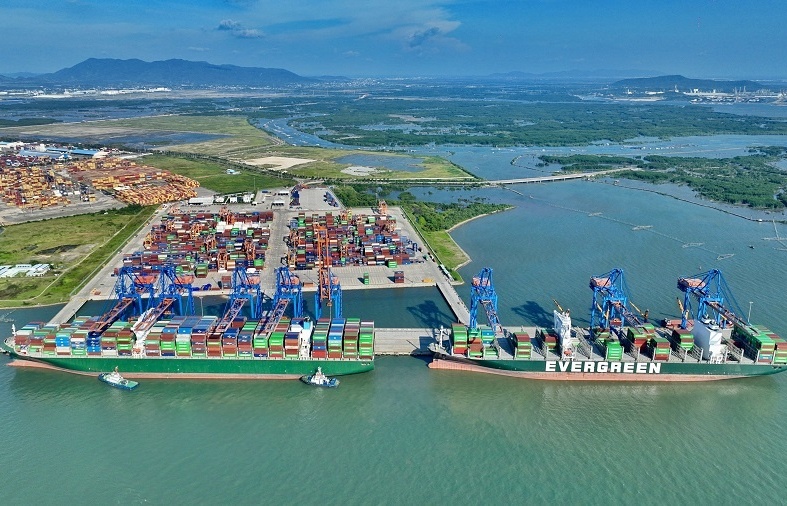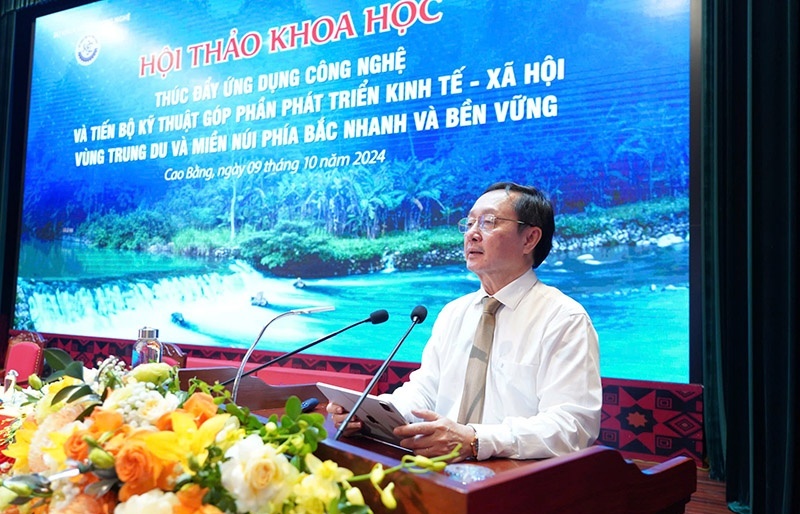Visa move to stamp mark on tourism
The government has unilaterally abolished entry visas for South Korean and Japanese travellers, in a landmark decision designed to boost the tourism industry.Last week’s announcement by the Ministry of Foreign Affairs was the first time the government voluntarily removed entry visa requirements for a country without requiring a reciprocal exemption for Vietnamese travellers.
 Visa free travel is set to lift Japanese and South Korean tourist arrivals |
Both South Korean and Japanese travellers will be allowed to enter and stay in the country for up to 15 days without a visa as long as their passport is valid for at least three months.
Technically, Japan was freed of visa requirements in January, but the government reiterated its earlier decision last week while adding South Korea as the second country to be granted visa exemption. Tourism authorities have long been pushing for a visa waiver for these citizens, expecting the scheme would bolster tourist arrivals.
Travel agents have often complained that Vietnam’s visa procedure is time consuming and discourages tourist arrivals.
Henk Meyknecht, the general manager of the Omni Saigon Hotel, described the move as a “great decision” for the tourist industry.
South Korea is emerging as one of Vietnam’s key tourist feeder markets, with visitor numbers showing strong growth in recent months. Statistics from the Vietnam National Administration of Tourism (VNAT) show 95,000 Koreans visited Vietnam in the first half of this year, an increase of 90 per cent.
Direct flights are facilitating travel between Vietnam and South Korea as Vietnam Airlines, Asiana Airlines and Korean Air are offering flights from Hanoi and Ho Chi Minh City to Seoul and Busan.
Korean Air provides daily flights from Hanoi to Seoul while offering three flights a week from Ho Chi Minh City to Seoul, in addition to three codeshare flights with Vietnam Airlines.
Another South Korean carrier, Asiana Airlines, opened tri-weekly flights from Seoul to Hanoi last October and a few months later it increased the frequency to five flights a week.
However, a VNAT official said it would take time to see whether or not tourist arrivals from South Korea into Vietnam would increase.
Tourism authorities also expected the visa exemption for Japanese to promote travel to Vietnam but, ironically, the number of Japanese visitors in the first five months of this year decreased by 5 per cent compared to the same period last year.
VNAT vice chairman Pham Tu attributed the slowdown to the bird flu’s repercussions early this year and asserted that Vietnam would be able to attract 500,000 Japanese visitors next year compared to 280,000 last year.
Vietnam Airlines vice president Pham Ngoc Minh said Vietnam was facing stiff competition from other Southeast Asian countries in attracting Japanese tourists. Strenuous efforts Vietnam’s tourism authorities would be required to promote the country’s image in Japan, he said.
The carrier is intensifying its promotion of Vietnam as a destination in Japan, staging an aggressive campaign in Yokohama one month ago. However, VNAT’s promotion in Japan is weak and inconsistent.
Sofitel Metropole Hotel sales manager Le Quang Hau said Vietnam should have a representative tourism office in Japan to conduct marketing campaigns.
Tu accepted “the target of luring 500,000 Japanese tourists can not be reached in the near future if there is not a representative office in Japan”.
While the government has given permission for such an office to be established the financial scheme for the office had not been finalised.
Tourism authorities have set a target of attracting 2.8 million foreign visitors this year and 3.5 million next year. China, Japan, the US, South Korea and France are major tourist feeder markets.
What the stars mean:
★ Poor ★ ★ Promising ★★★ Good ★★★★ Very good ★★★★★ Exceptional
 Tag:
Tag:
Related Contents
Latest News
More News
- Vietnam’s economy on track for 6.5 per cent growth despite Typhoon Yagi, says HSBC (October 01, 2024 | 16:46)
- Vietnam urges China to expand market access for agricultural products and strengthen trade ties (October 01, 2024 | 16:42)
- IMF predicts Vietnam's economic growth to reach 6.1 per cent in 2024 (September 30, 2024 | 18:26)
- Deli Group breaks ground on $270 million factory in Hai Duong (September 30, 2024 | 18:17)
- Government considering tax on multiple properties (September 27, 2024 | 20:17)
- Accuracy more vital than ever in dawn of AI (September 26, 2024 | 20:44)
- Vietnam remains attractive destination for US businesses (September 26, 2024 | 20:23)
- New innovation centre inaugurated during HEF 2024 (September 25, 2024 | 09:00)
- China's Geely to build $168 million automobile facility with Tasco in Thai Binh (September 24, 2024 | 19:03)
- Spate of claims made in typhoon aftermath (September 19, 2024 | 17:00)


























 Mobile Version
Mobile Version